One of the reasons for the success of mammals has been their dentition. The achievement of exact occlusion of upper and lower teeth made it possible to efficiently crush and shear food stuffs; this, in turn, presumably aided in achieving "warm-bloodedness" with its requirement for massive (compared to most "cold-blooded" animals) amounts of digestible food.
A number of other dental adaptations are found among mammals. The occlusal surfaces play a large role in determining how food is masticated. Three major conditions are associated with the character of the occlusal surfaces of the cheek teeth (premolars and molars). Cusps are raised areas on the occlusal surfaces. They may take a number of configurations. We generally classify cheek teeth in terms of cusps as bunodont, selenodont, or lophodont (keeping in mind that there are numerous intermediate and compound conditions).
Bunodont teeth are raised areas, "hillocks". Ourselves, bears, and pigs have bunodont dentition. Bunodont dentition often is associated with omnivorous mammals whose teeth are not
strongly adapted for either carnivory nor herbivory, but are able to do a decent job with both. 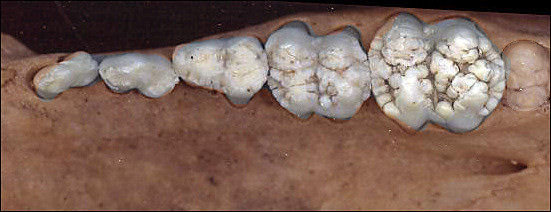
Fig. 1. Upper left P2-P4, M1-2 (with erupting M3 barely showing) of a domestic pig (Sus scrofa). Pig molars have more complex bunodont dentition than humans. .
Selenodont dentition consists of cusps that are curved and thus appear, when worn, as a series of crescents (the name means "moon tooth", referring to the similarity of the cusp to a new moon). Most of the Artiodactyla, other than the pigs and peccaries, have selenodont dentition.
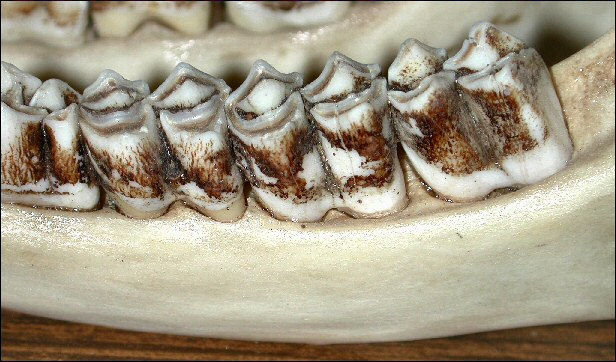
Fig. 2. Left lower P4 (part) and M1-3 of Mule Deer (Odocoileus hemionus), showing selenodont dentition. These also are brachyodont (low crowned–see below).
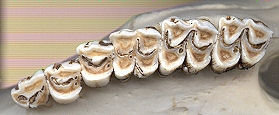
Fig. 3 (left). Left upper P2-M3 of Mule Deer (Odocoileus hemionus), showing typical, well-worn selenodont dentition.
Lophodont teeth have raised ridges (lophs). In many, the upper molar cusps approximate the Greek letter Pi in the simplest configuration and the lower as shown in the rhinoceros image. Example of mammals with lophodont dentition include hyraxes, rabbits, tapirs, rhinoceroses, and horses. Excellent photographs of both upper and lower lophodont teeth are shown on the hyrax page of the Animal Diversity Web.
Fig. 4. The figure on the right shows a lower molar of a fossil rhinoceros with lophodont dentition.
In more derived forms, it becomes difficult to discern the basic pattern. This is the case with horses, for example, as seen in the images below.
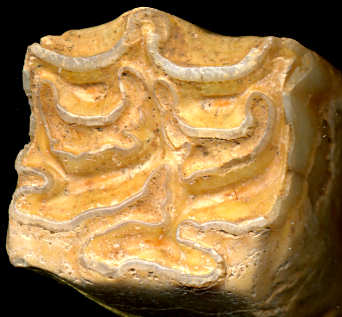
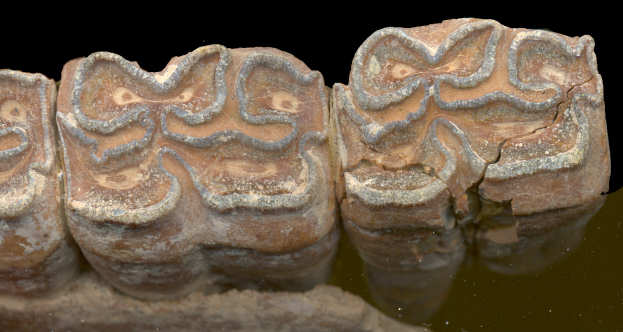
Fig. 5. Upper (left) and lower cheek teeth of fossil horses.
Another dental character of importance is crown height. The crown of a tooth is the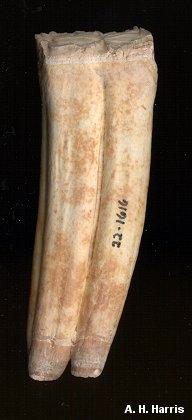 portion covered by enamel. Mammals utilizing abrasive foods tend to wear down teeth rapidly, thus
causing strong selection for teeth resistant to wearing out before reproduction is completed. Mammals feeding on relatively non-abrasive foods, such as herbivores feeding on soft forbs and foliage
of bushes and trees (browsers) have relatively short crowns. Omnivores such as ourselves likewise tend to have short crowns. Such teeth are said to be brachyodont. In skeletal material, the crown
normally can be seen to end before entering the jaw bone (see Fig. 2).
portion covered by enamel. Mammals utilizing abrasive foods tend to wear down teeth rapidly, thus
causing strong selection for teeth resistant to wearing out before reproduction is completed. Mammals feeding on relatively non-abrasive foods, such as herbivores feeding on soft forbs and foliage
of bushes and trees (browsers) have relatively short crowns. Omnivores such as ourselves likewise tend to have short crowns. Such teeth are said to be brachyodont. In skeletal material, the crown
normally can be seen to end before entering the jaw bone (see Fig. 2).
Rooted teeth with a higher crown are said to be hypsodont. This is a relative terms, so in some taxa such as members of the squirrel family, all of which have relatively short crowns, those with slightly higher crowns are described as hypsodont (though in comparison with some other groups, they would be considered brachyodont). Hypsodont teeth are rooted, but formation of roots is delayed, resulting in higher crowns; in many hypsodont taxa, much of the crown is buried within the jaw bones in a young animal.
The culmination of the tendency toward higher crowns is found in a number of mammals where the roots never form and the teeth are ever-growing—the hypselodont conditions. Rabbits and voles are typical examples. In hypsodont and hypselodont taxa, the anchored end of the crown cannot be seen in any but the oldest individuals, seeming to plunge directly into the jaw bone. Horses are one of the more extreme hypsodont taxa: see fig. 6.
Fig. 6. A lower cheek tooth of a fossil horse. The crown extends to the grayish area at the lower tip of the tooth. The animal is young, with the roots not yet completely closed.
Last Update: 20 Jan 2008
Centennial Museum and Department of Biological Sciences, The University of Texas at El Paso